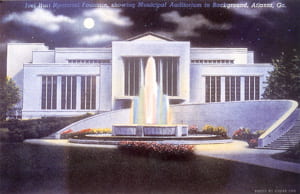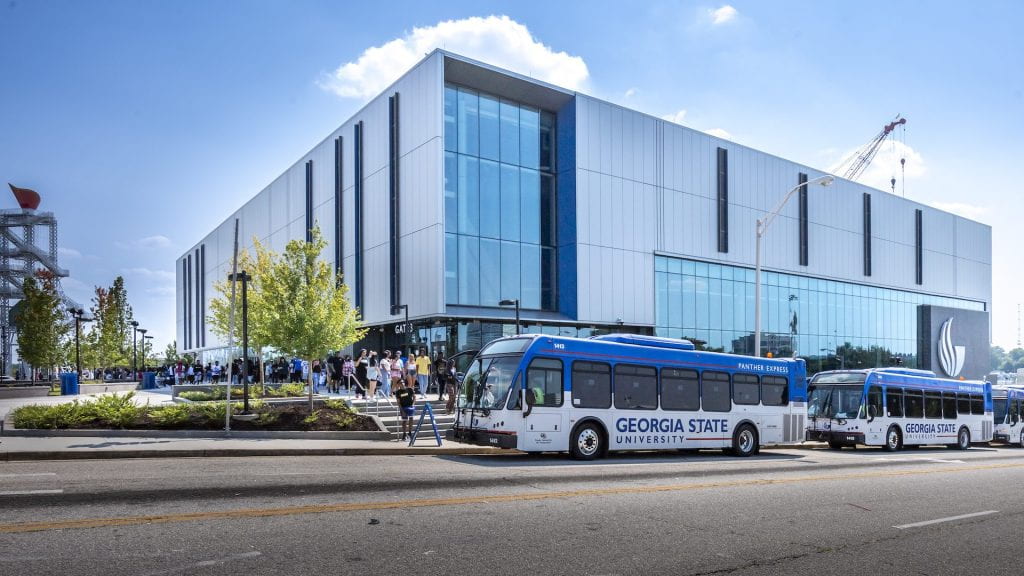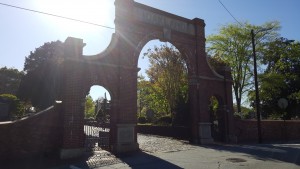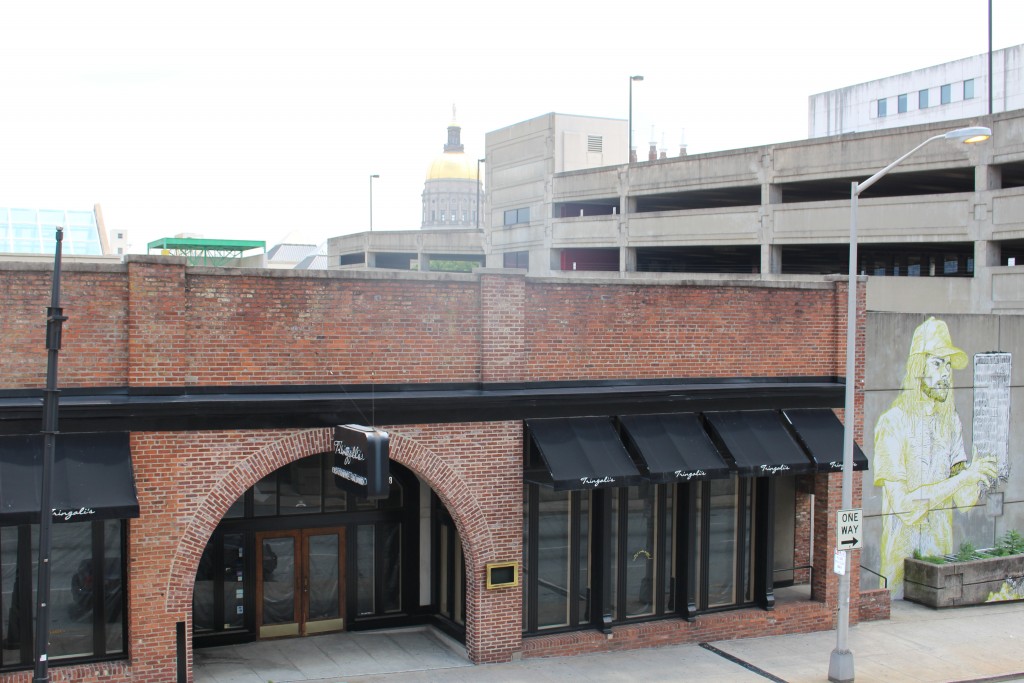Despite his relatively brief career, Bobby Jones is universally recognized of one of the greatest golfers of all time. His name, in the minds of the sporting world, does not sound out of place spoken among the names of far more contemporary players such as Jack Nicklaus, Tiger Woods or even those whose fame and feats are even more recent than they. The same can be said for few other athletes of his time- Jones retired from golf at the age of 28 in 1930. By that time, he had won 13 major championships. In the year of his retirement, he won all four, making him the only golfer in history to win the impregnable Grand Slam. The very next year, however, he would not compete in one tournament. Wrote the great sportswriter and best friend of Jones, “the greatest competitive athlete of history closed the book, the bright lexicon of championships, with every honor in the world to grace its final chapter.”[1] And yet, Jones never made one penny from playing golf. He was always keen to remind fans that “some things were more important than winning.”[2] This decision spawned from an intense modesty for which he is famed. On several occasions, Jones called penalties on himself in major championships- penalties that would not otherwise been assessed; one of these that cost him a victory.[3] And yet his scrupulous honesty, stringent self-governance and vivacious energy to achieve were not just limited to golf.
Continue reading →







